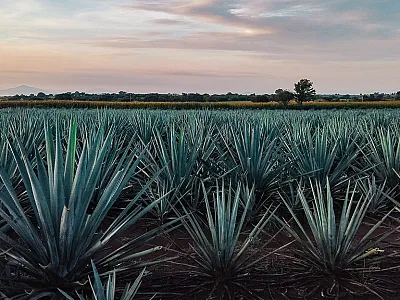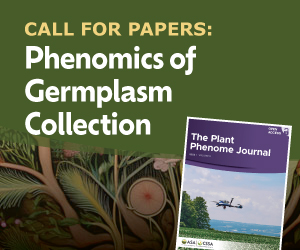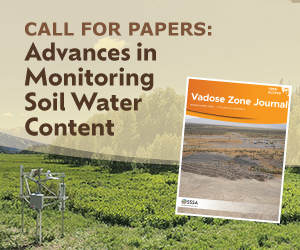Nitrogen supply affects soybean yield differently within the canopy
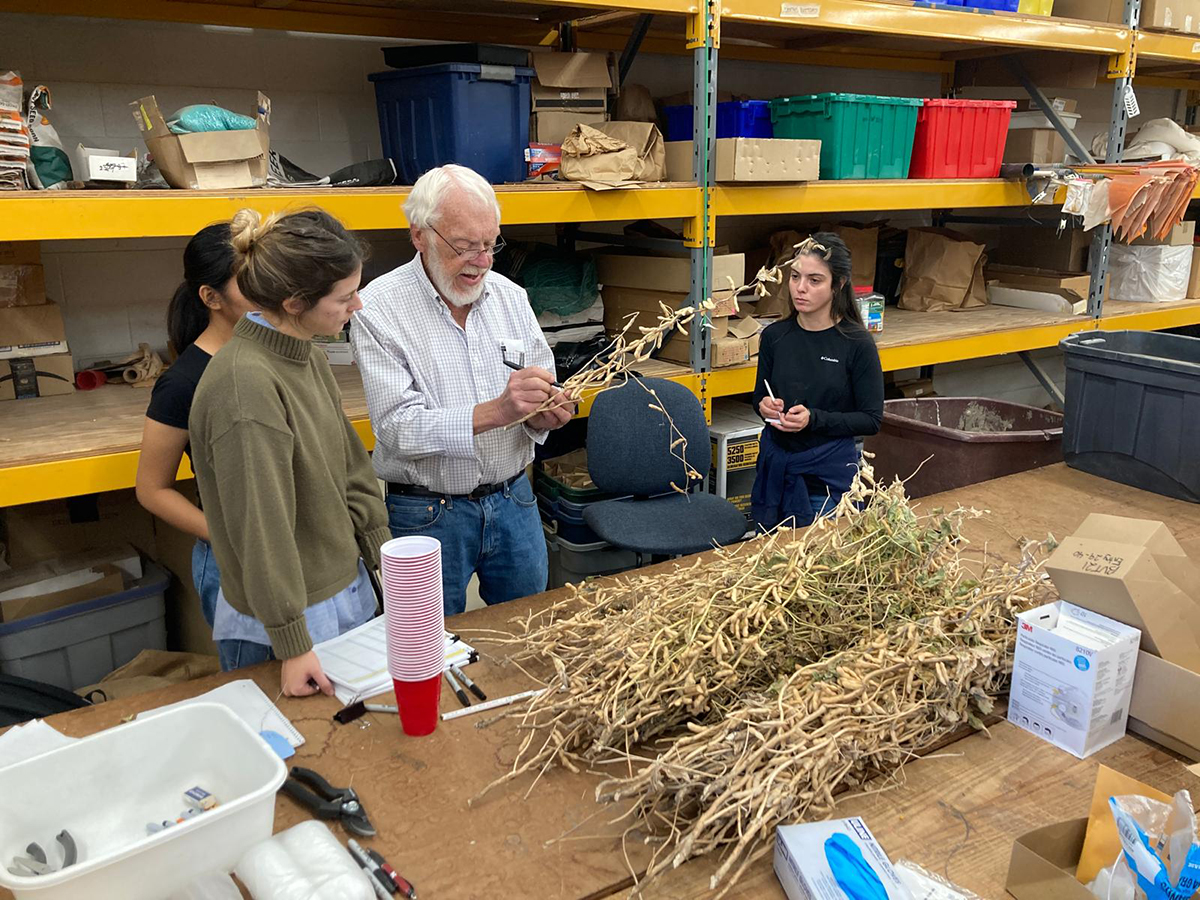
Soybean, the most cultivated legume in the world, is influenced by the seasonal availability of resources. One of the most important resources is nitrogen (N), which is becoming a yield-limiting factor in fields with high yield potential due to an asynchrony between N supply (biological N fixation and soil N) and demand. Despite N being one of the most important nutrients for soybean, it is unknown how N availability influences seed yield (i.e., seed number, pod number, seeds per pod, and individual seed weight) across the soybean canopy.
Researchers evaluated nine high-yielding irrigated soybean fields in Nebraska under two treatments: Zero-N (no additional N application, relying on soil N and microbes that “fix” atmospheric N into usable N) and Full-N (ample N supply). Soybean seed yield and its components were determined at every node throughout the canopy.
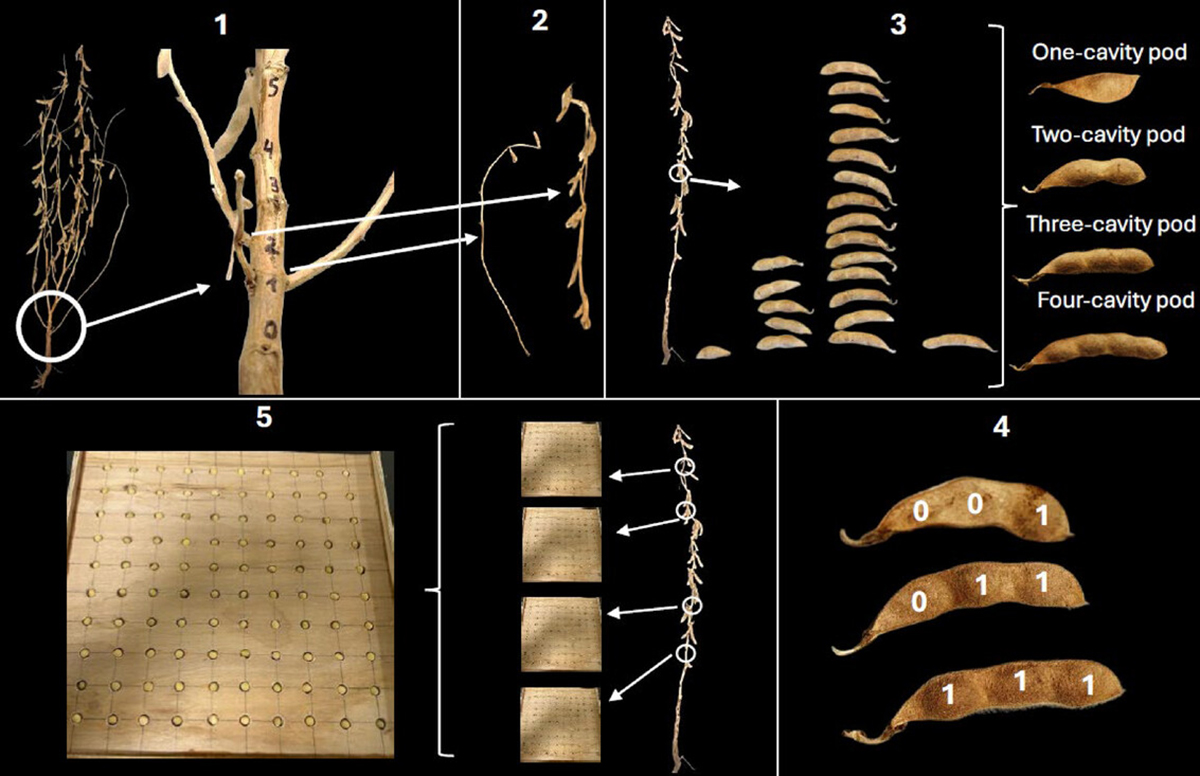
Nitrogen limitation decreased total yield by about 984 kg ha–1 with a 7% decrease in overall seed number, an 8% decrease in total pod number, and an 11% decrease in individual seed weight. Notably, while limited N decreased seed weight across all nodes, it only significantly decreased seed number and pod number in the middle and upper stem of soybean plants. Pod number was the main yield component explaining seed number changes; the number of seeds per pod showed no changes due to N limitation.
This study comprehensively examined the effects of resource availability on soybean yield components within the whole canopy, going beyond simply reporting yield differences. By revealing how different parts of the plant respond to N availability, researchers suggest that improving soybean N distribution within the canopy could help optimize yields.
Dig deeper
Bonfanti, L., Sazon, L. A., Specht, J. E., Howard, R., Carciochi, W. D., Grassini, P., Linquist, J. L., Andrade, J. F., & Cafaro La Menza, N. (2025). Soybean seed yield distribution within the canopy as affected by nitrogen supply. Crop Science, 65, e70033. https://doi.org/10.1002/csc2.70033
Text © . The authors. CC BY-NC-ND 4.0. Except where otherwise noted, images are subject to copyright. Any reuse without express permission from the copyright owner is prohibited.







